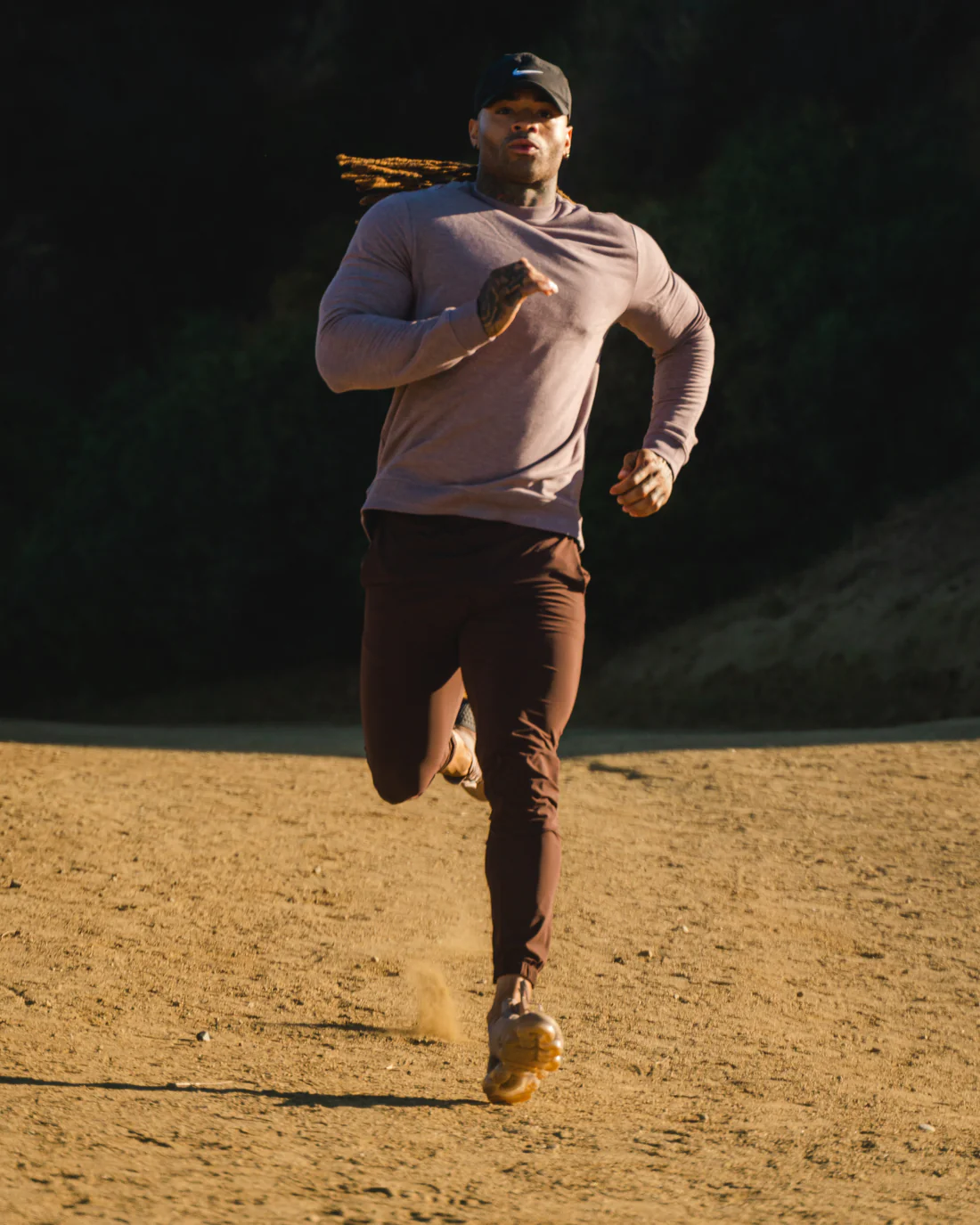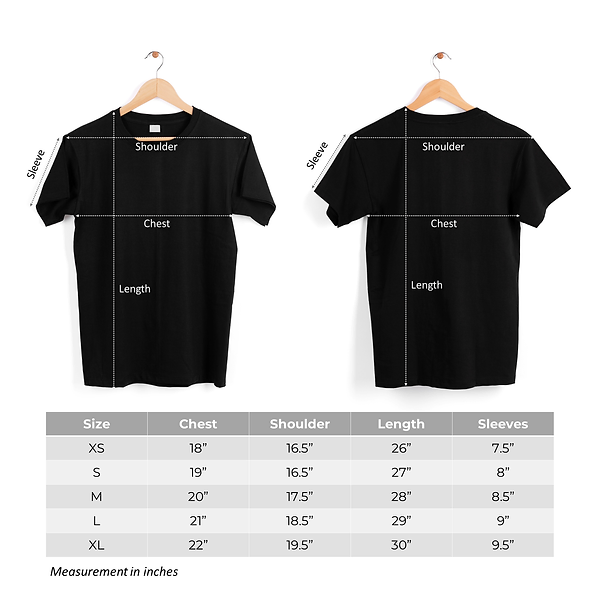Why Running Alone Might Limit Muscle Growth
Running is a repetitive, endurance-focused exercise that often emphasizes cardiovascular health over muscle growth. Without variation, consistent running at the same speed or heart rate can lead to muscle loss instead of development. To counter this, incorporating different running techniques into your training plan is essential for building and maintaining leg muscle mass.
Key Types of Runs to Build Leg Muscles
-
High Resistance Training
Add resistance to your runs by incorporating inclines or using weighted gear like ankle weights. Try running up a hill with added resistance for 15 to 20 seconds, followed by 60 to 90 seconds of active rest. This engages your leg muscles similarly to strength training and promotes muscle growth.
-
Sprint Intervals
Sprint intervals enhance explosive power and help develop muscle mass. A typical sprint workout involves sprinting at full effort for 15 to 30 seconds, followed by 60 to 90 seconds of rest. Ensure you warm up thoroughly to prevent injury and maximize performance.
-
Distance Runs
Long-distance runs help build lean muscle and develop slow-twitch muscle fibers. Aim for a weekly long run lasting 1 to 2 hours, depending on your experience level. Beginners can start with runs under an hour, gradually increasing duration as endurance improves.
-
Recovery Runs
Incorporate easy, low-intensity recovery runs to allow your muscles to repair and grow. These runs should be shorter in duration and help promote circulation without adding excessive strain on the muscles.
Enhance Muscle Growth with Strength Training
For optimal results, pair your running routine with weight training exercises like squats, lunges, and deadlifts. This combination will help you build greater leg muscle mass while improving overall performance and reducing the risk of injury.
The Importance of Recovery
Recovery is critical when aiming to build muscle through running. Ensure adequate rest between intense workouts, and prioritize proper nutrition and sleep to support muscle repair and growth.



